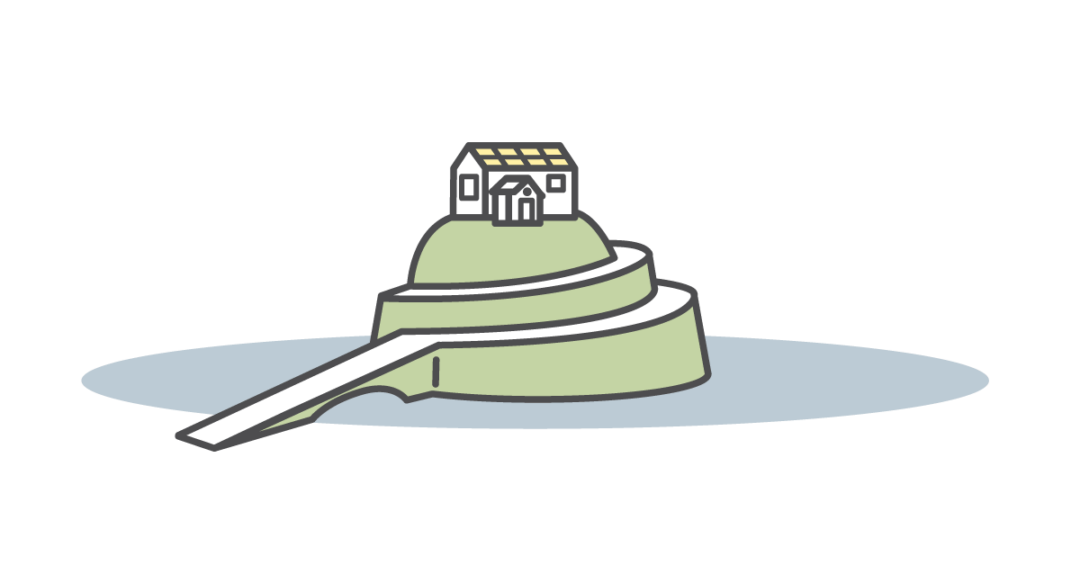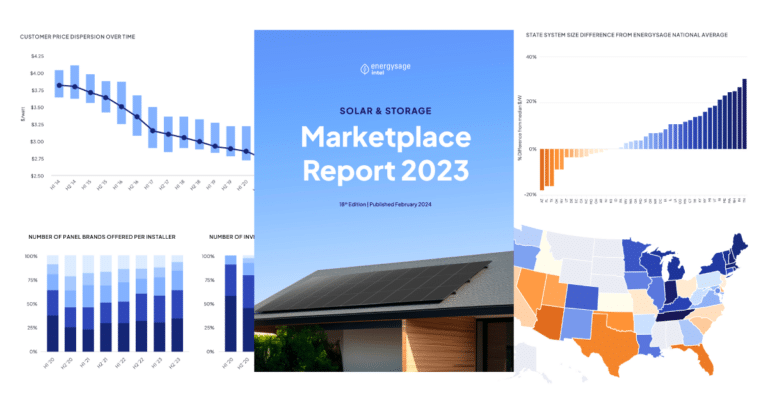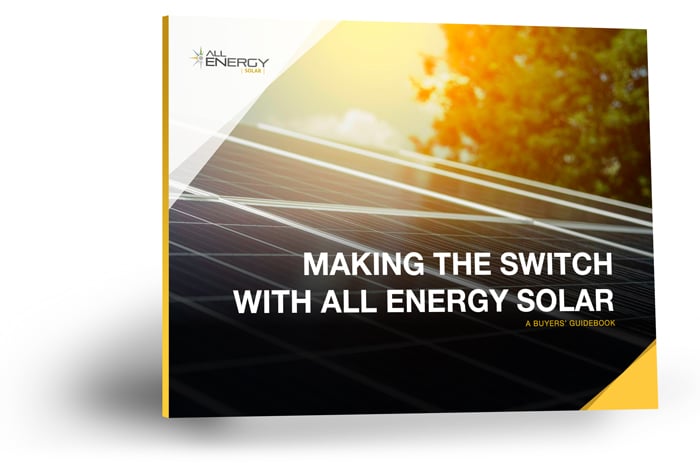There are many reasons why people make the move to solar, from gaining a sense of environmental responsibility to seeking economic benefits. One reason we hear more and more these days is people looking for a way to combat the uncertainty of an unstable infrastructure system.

A safety net of sorts
For a long time, there was a perception that those turning to solar energy were anti-establishment individuals looking to disconnect from society and take themselves completely off the grid. But the reality is that the vast majority of solar photovoltaic systems installed in the U.S. today are what we call grid-tied systems. Although the owners of these systems can capture and produce their own on-demand power, they also benefit from access to the electrical grid for times when their panels aren’t making energy to power their homes. Grid-tied systems also benefit from net metering, which allows property owners to get credit for the unused power they produce and return it to the grid for use by other consumers. Grid-tied systems are also the most economically feasible way to go solar. Unfortunately, adding solar with a grid-tied system doesn’t eliminate the risk of power outages or disruptions
Untethered
Although off-the-grid solar photovoltaic (PV) systems allow property owners to bring power to remote locations without needing access to the power grid or having a relationship with a utility company, they come with some significant drawbacks. Because off-the-grid systems don’t have the convenient backup source provided by an interconnection to the power grid, property owners who choose an off-the-grid path will need to add an extensive system of battery backups to house and store the excess energy they produce for on-demand use. The volume of batteries required to be completely disconnected from the grid comes at a very high cost, requires a great deal of space within a home or business, and requires significantly more work. Property owners must also be prepared to maintain and troubleshoot their system if issues arise. Because off-the-grid systems are highly complicated and offer very little return over the alternative, very few solar installers will do these types of installations.
The best of both worlds
When it comes to infrastructure-proofing your property, possibly the only real solution is to look at a hybrid model of a grid-tied system with a battery backup. A grid-tied battery backup system will largely depend on the grid for secondary power during times when power usage exceeds available production. But in those rare times when extreme weather or other events cause a disruption in service from the power grid, the added battery backup can help provide necessary power when needed.
Obviously, adding a battery to any system will add additional cost to your system. However, unlike an off-the-grid system, a grid-tied system with battery backups doesn’t require as extensive of a battery system as it can be designed to provide only power to critical appliances that need to run 24/7.
To learn more about the benefits of adding an integrated battery backup system, download our eBook, Energy Storage + Solar, to learn more about solar energy storage and battery backup systems.


